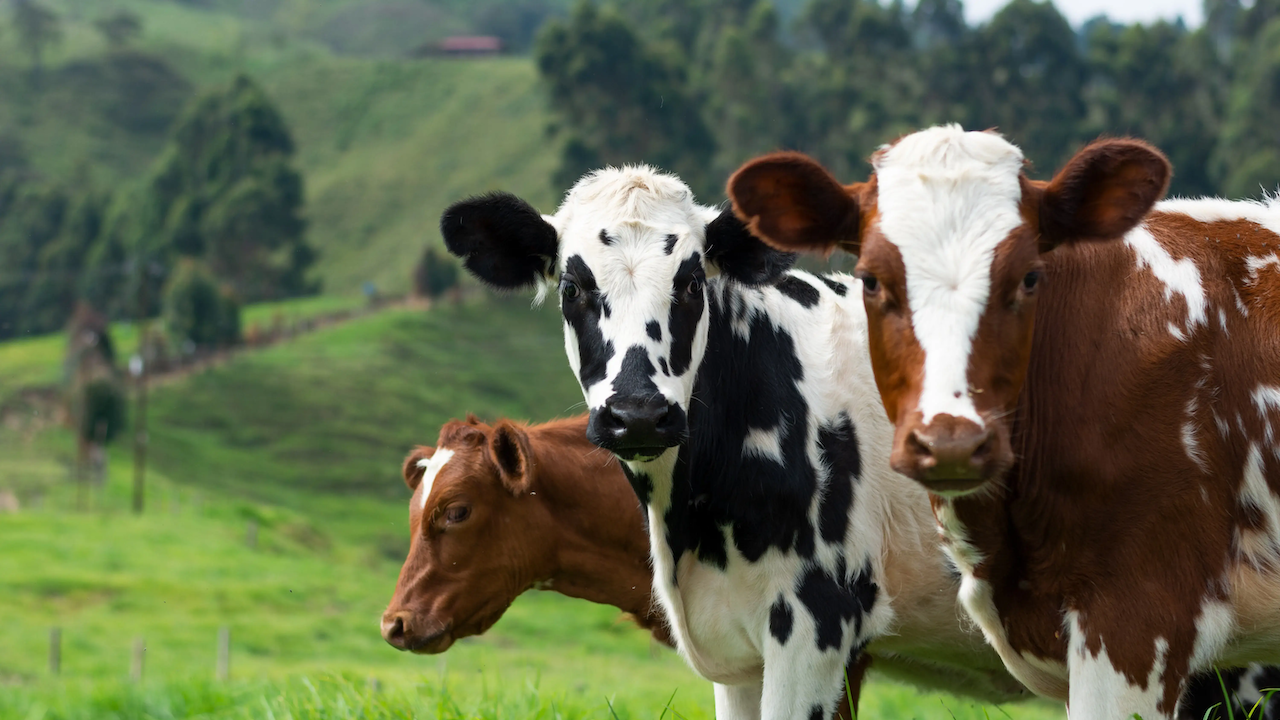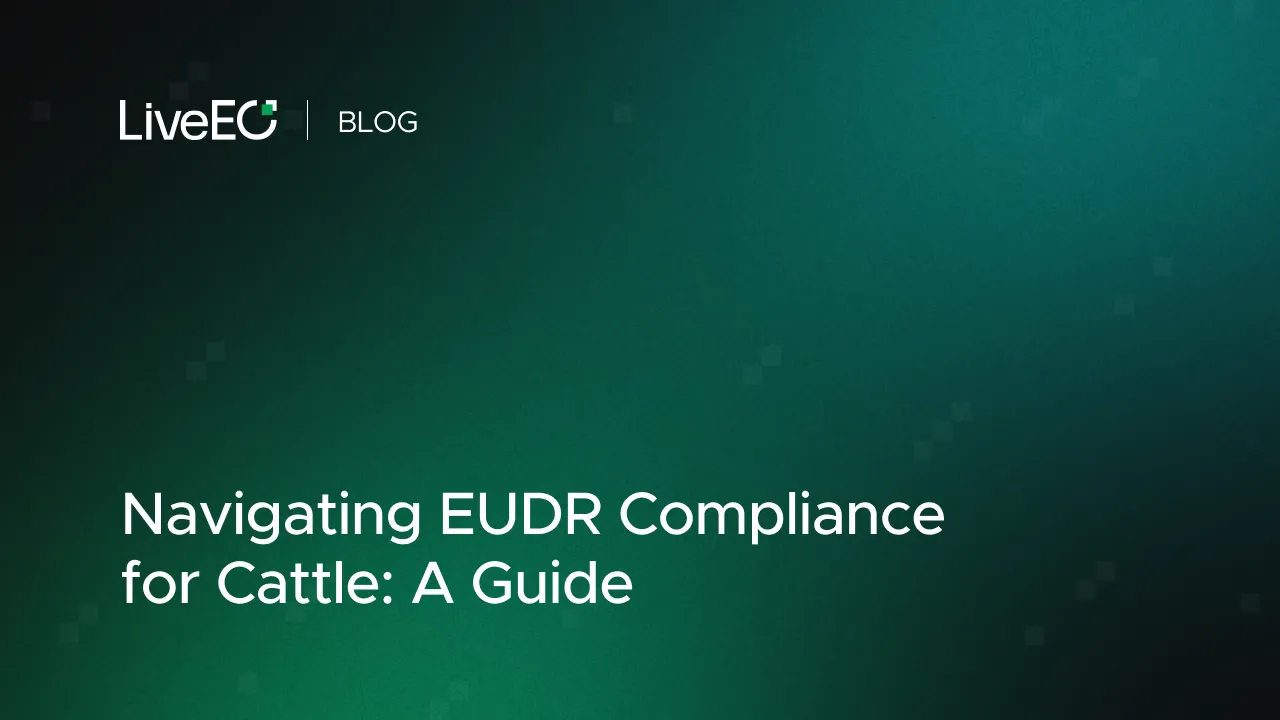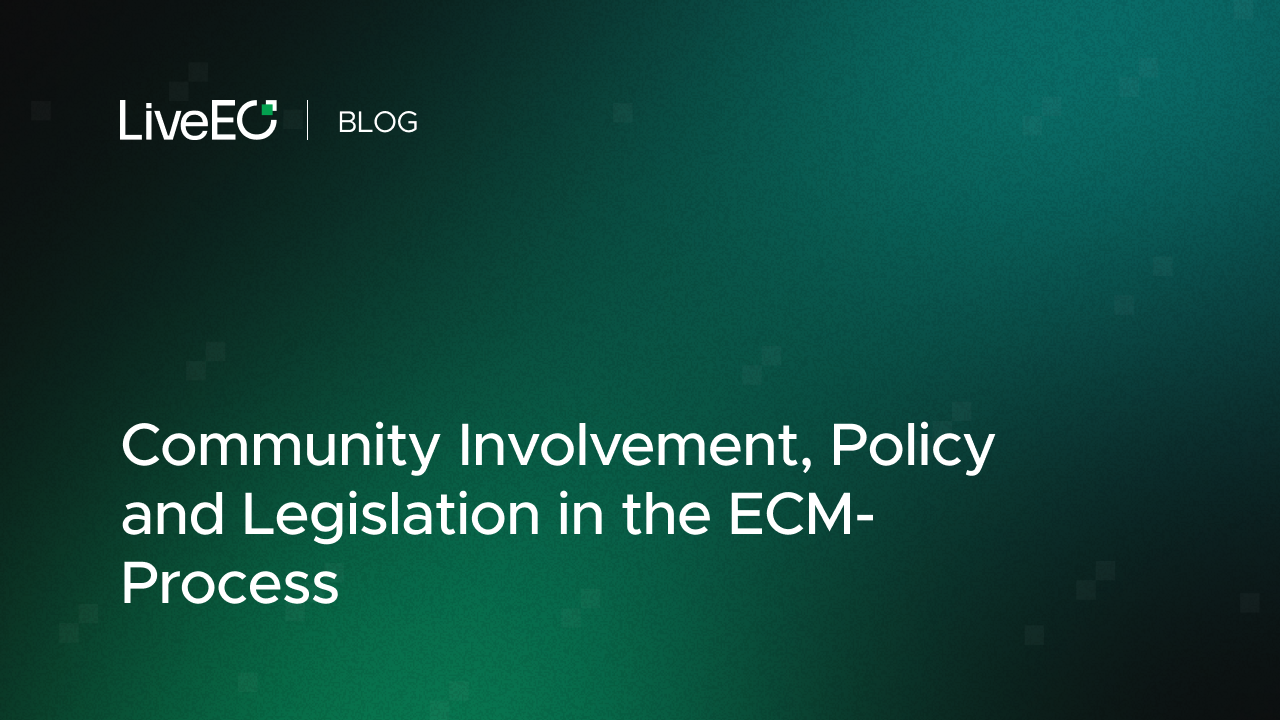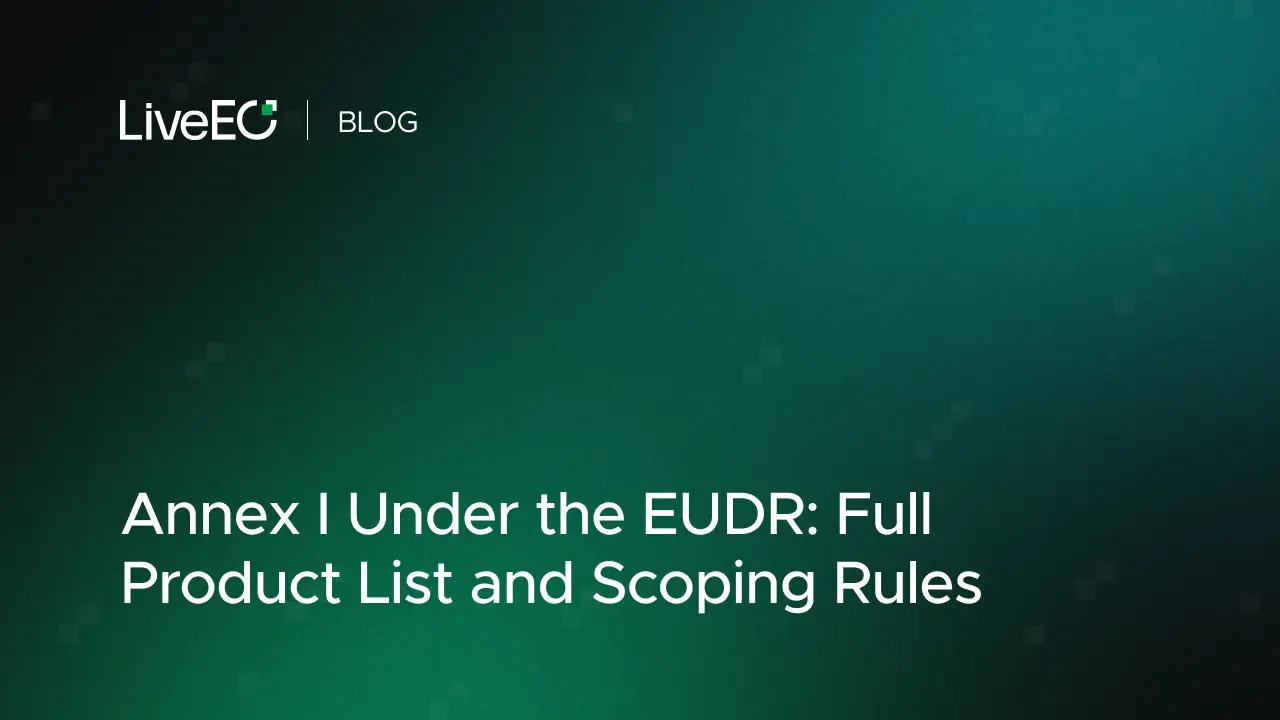
Compliance with environmental regulations is an increasing concern for businesses globally.
With the introduction of the European Union Deforestation Regulation (EUDR), the stakes are considerably higher for those operating in the cattle industry.
Balancing environmental sustainability with business growth becomes a complex balancing act.
This blog post focuses on navigating EUDR compliance for cattle, offering insights into the EU deforestation law related to cattle, helping you turn regulatory compliance into a strategic advantage.
Discover the guide for cocoa after understanding EUDR compliance for cattle.
Key Takeaways
- EUDR significantly raises the stakes for environmental compliance in the cattle industry, emphasizing the need for sustainable practices.
- Cattle supply chains operating within the EU must now ensure that their products are deforestation-free to meet the stringent EUDR requirements.
- The EUDR mandates that operators provide precise geolocation data and deforestation-free evidence for all cattle-rearing activities.
- Under EUDR, the focus on sustainable and ethical cattle farming practices has increased, requiring farms and companies to demonstrate the environmental footprint of their animals.
- Mapping the entire supply chain and collecting detailed geolocation data about the origins of cattle products is necessary to meet EUDR standards.
- Effectively navigating EUDR compliance not only ensures legal adherence but also enhances competitiveness, builds consumer trust, and supports global sustainability efforts.
- Utilizing comprehensive platforms like LiveEO's TradeAware can assist businesses in gathering, managing, and verifying compliance data efficiently.
Understanding EUDR Compliance
The EUDR is a significant step towards addressing the issue of global deforestation.
Included in the commodities that fall under this regulation are cattle, wood, palm oil, soya, cocoa, coffee, and rubber.
This means cattle industry players in the EU bear the onus of ensuring their supply chains are deforestation-free and compliant with the regulation.
EUDR mandates geolocation and deforestation-free evidence in cattle-rearing to hold all operators accountable.
Read also: Like GDPR, EUDR Will Cost CompaniesMillions
The Impact of EUDR on the Cattle Industry
Increased Focus on Sustainability and Ethical Sourcing
With EUDR in effect, the emphasis on sustainable cattle farming is at an all-time high.
{{inline}}
Farms and companies are expected to demonstrate the origin and environmental footprint of their animals, putting the focus on ethical sourcing.
Transparency in the Supply Chain
Compliance with the EU deforestation cattle law needs transparency in the supply chain.
The EUDR emphasizes on the traceability of goods to ensure each supply chain product can be tracked to a deforestation-free source.
Key Steps for Ensuring Compliance
Navigating EUDR compliance for cattle requires diligent planning and execution. Here are some steps to help you:
- Map Your Supply Chain: Identify players involved and where your products are coming from. Collect detailed geolocation data about your goods, ensuring to include proof confirming deforestation-free products.
- Perform Risk Assessment: After collecting information on your supply chain, perform thorough risk assessments to identify if any parts of your chain may be in non-compliance with EUDR rules.
- Implement Risk Mitigation Measures: For identified risk areas, develop a plan to address and reduce the risk.
- Prepare your Due Diligence System: Setup a system to collect, maintain and review due diligence data and documentation, ensuring it is updated annually.
- Create an EUDR Compliance Team: Assemble a dedicated team to handle EUDR compliance efforts. This team should handle the setup and maintenance of the due diligence system, manage risk assessments and mitigation, and engage with regulatory authorities as needed.
- Alternatively, you can use a comprehensive all-in-one platform like LiveEO's to research and collect everything for you.
Conclusion: Making Compliance Work for You
While EUDR obligations for the cattle industry may seem daunting, effectively managed, they can serve as competitive advantages.
Transparent supply chains and proactive commitment to sustainability build trust with your consumers.
By navigating EUDR compliance effectively, you not only ensure your business stays on the right side of the law but also reinforce your commitment to global sustainability.









